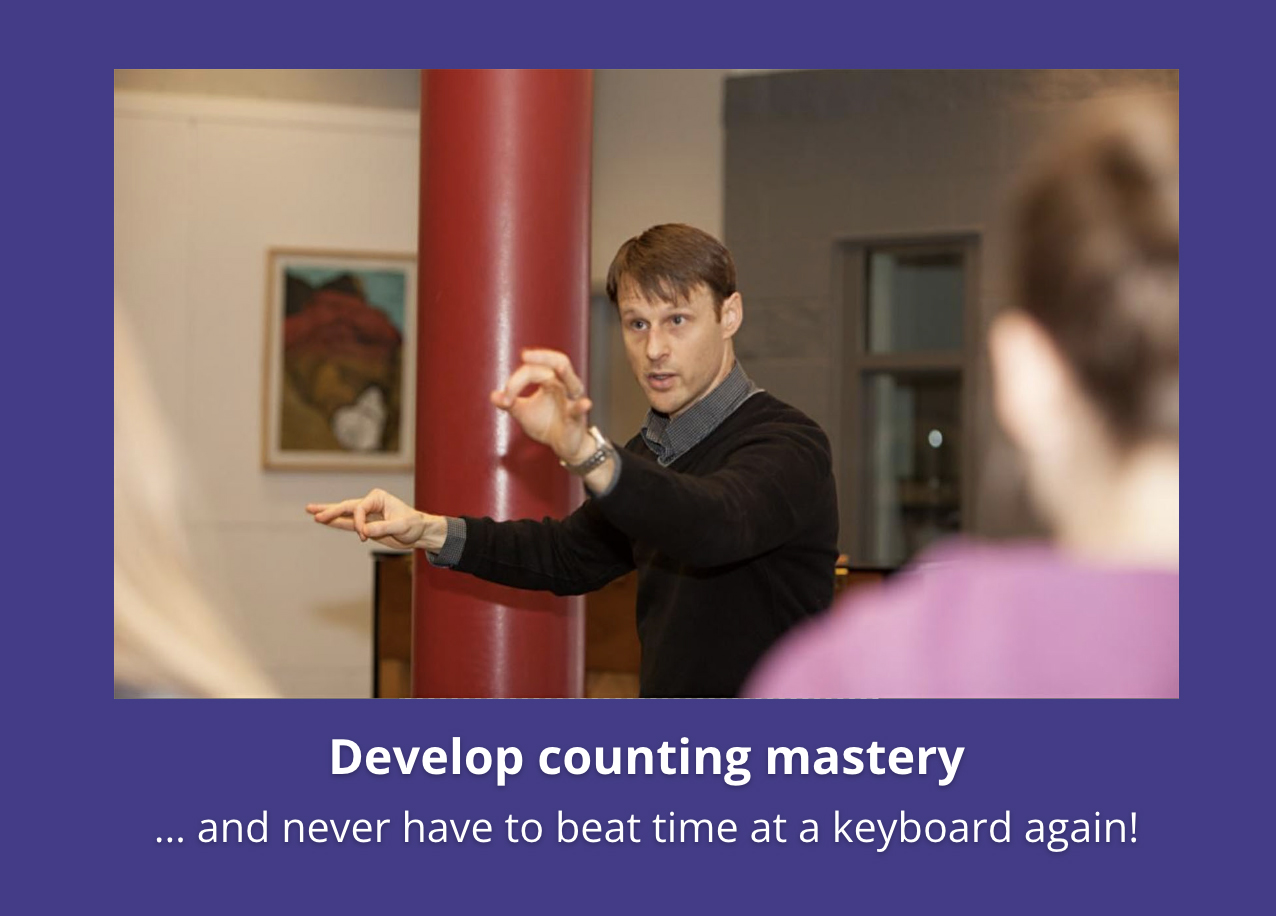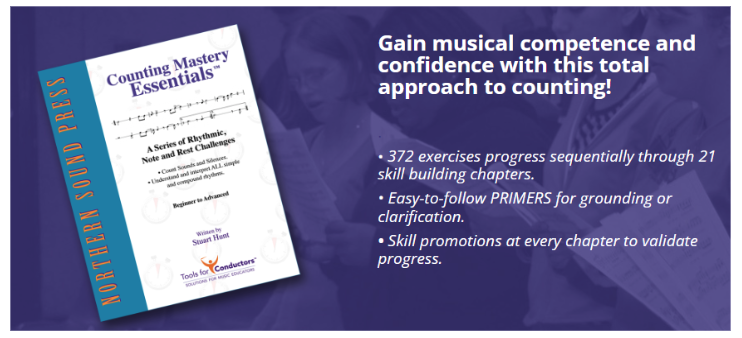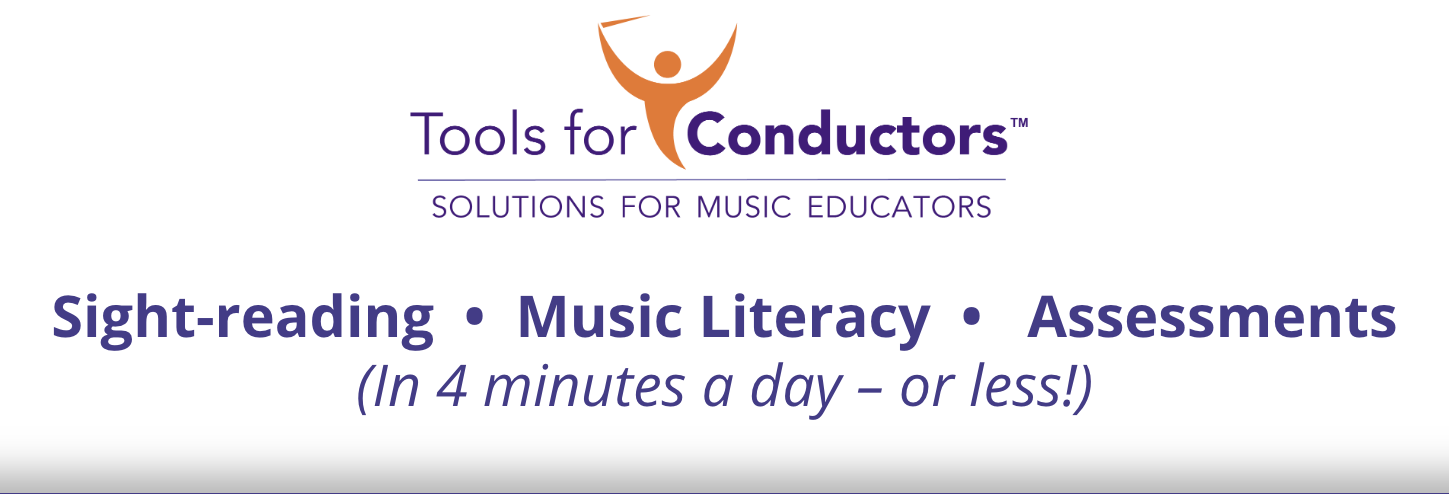Our Overlooked Significant Population: Introverts
Do they need more of our attention?
by Stuart Hunt
While the general population is made up of approximately 44 percent extroverts and 56% percent introverts,
the membership of Mensa is nearly the reverse: approximately 65 percent introverts and 35 percent extroverts.1
Getting acquainted
According to the Meyers-Briggs Type Indicator2 global sample, an estimated 56.8% of the world’s population is introverted. Introverts worldwide will be able to celebrate World Introvert Day on January 2. This is the day following the dreadful celebrations of the previous year have now ended. It allows them to enjoy solitude finally and recharge their social batteries. World Introvert Day is acknowledged as a day to appreciate the many introverts better worldwide. It is the one occasion best commemorated by canceling a party rather than holding one.
With the rise of social media, we are able to connect with others without face-to-face interaction, which may facilitate a more attractive form of communication for some introverts.
As those who deal mostly with groups of singers (also in private voice settings), let us consider how we and other singers interact in our learning and rehearsal gatherings, the philosophy behind them, and how that may work for introverts.
Simple Definitions:
Extrovert – a gregarious somewhat unreserved personality. Enjoys and recharges by being with others
Introvert – prefers minimally stimulating environments, and needs time alone to recharge.
Ambivert – displaying characteristics of both introversion and extraversion
Omnivert – someone who can be either at different times
Our schools, and classrooms, encourage students to be “out-going” and “involved” in class activities and participation. Unfortunately, addressing introverted learning styles is a subject not often covered in education classes and may not equip conductors with effective pedagogies.
Backgrounds
British TV presenter, host of the Human Center Leadership podcast and Accredited Business Mentor, Kul Mahay states: “Introversion is about how a person processes and responds to stimuli, not about their level of confidence or comfort in social situations.”3
Sophie Morris, Accredited Stress Management, Resilience coach and EMDR Practitioner, works specifically with introverted children and adults to help them find their voice and confidence without changing who they are. She has suggestions for teachers and parents to understand how to teach and create an inclusive learning environment for introverted students in the classroom.
Possible traits
Hers may be an exhaustive list, but, if it helps you consider how to assist or even motivate a particular student, understanding possible perspectives and adapting pedagogy can be quite helpful. None are necessarily definitive, but may be helpful in engaging with students to encourage their particular learning style. An introvert:4
- May be generally quiet (but not always – context is key), they are reflective, deep thinkers who are often super-observant. This can also mean that they prefer to learn by watching and are often creative solvers of complex problems with great attention to detail.
- Likes to think before they speak.
- May have a preference for a quieter, less stimulating environment.
- May be more likely to recharge their batteries by spending time alone than by going out with friends.
- May prefer to observe before engaging in new activities or joining large groups.
- May find it easier to express their ideas in writing than speaking.
- May enjoy spending time alone.
- Might dislike being asked a question in class or in a meeting
- May perhaps find it hard to speak up in a group of their peers’.
- Can feel invisible.
- May not like being the center of attention (this isn’t always the case as many famous actors and musicians are introverts).
- May, generally, prefer to spend time with one or two friends rather than a large group.
- May experience over-stimulation from loud environments.
- May not feel they are “fitting in” or are considered less capable because they are quieter in class.
- May not have enough time to formulate a thoughtful response when called upon, leading to hesitation or avoidance.
- May be considered arrogant or aloof as they learn how to interact with classmates. They may find that exhausting.
- May mentally rehearse before speaking, needing time to make decisions.
-
Common myths
- It is important to understand that introversion is not the same as shyness; which is linked to social anxiety. Anyone can be shy – introvert or extrovert alike.
- Introverts generally prefer talking about deeper topics than just small talk and some don’t like to talk unless they feel they have something valuable to contribute.
- Introverts form deep connections with their friends and will likely focus on the quality rather than quantity of relationships. Introverts are quiet not hermits.
- They prefer being alone. They are wired for connection, but solitude can be restorative for an introvert.
- Introverts need “fixing.” Like extroverts, they just need to be able to be themselves. This is where they will reach their full potential.
- They are quiet because they are seeking attention.
Allow me to introduce you to Susan Cain, and her passion to help us all understand introversion, and her detailed and well-written treatise, “Quiet: The Power of Introverts in a World That Can’t Stop Talking”.5 Cain addresses the ”dangers” of group conformity. For us, that can be a conundrum: In choral situations, we need agreement, uniformity of sound, and collective thought, but, think about the difference between uniformity of purpose and group conformity. We recognize that, properly formed, guided and developed, every group needs positive leadership. She notes it is critical when challenges, large and small beset choirs we conduct. You could be a shy extrovert, like Barbra Streisand, who has a larger-than-life personality and paralyzing stage fright; or a non-shy introvert, like Bill Gates, who by all accounts keeps to himself but is unfazed by the opinions of others. A great deal of what Ms. Cain discusses has to do with anxiety and stimulation and over-stimulation, which can both energize and paralyze; encourage creativity or shut it down.
In “Quiet” Susan Cain observes:
- Introverts seem to think more carefully than extroverts.
- Extroverts tend to jump in and “get going” – introverts tend to “think before they act”, digest information, stay on task longer, give up less easily, and work more accurately.
- University of Wisconsin psychologist John Newman’s lab studies note that introverts “…scan for problems. As soon as they get excited they’ll put the brakes on and think about peripheral issues that may be more important. Introverts seem to be specifically wired or trained so when they catch themselves getting excited and focused on a goal, their vigilance increases.”
- She quotes John Brebner and Chris Cooper, who in “Good to Great”6 concluded that “…extroverts think less and act faster on such tasks; introverts are ‘geared to inspect’ and extroverts ‘geared to respond.’”
- Extroverts are more likely to focus on what is happening around them. Introverts “wonder” about things, imagine outcomes, make plans for the future.
- Extroverts may see “what is” while their introverted peers are asking “what if.”
- “It’s not that I’m so smart,” said Einstein, who was a consummate introvert. “It’s that I stay with problems longer.”
- “Quiet leadership” is not an oxymoron.
Ms. Cain presents a world you know first-hand, but, through her glasses, you might find handles to describe what you see and experience. She writes well from a first-hand life … as an introvert.
On the other hand
If you have particular projects that need guidance or leadership, Montclair State University Associate Professor Te Wu, DPS suggests:7
- Introverted project managers are more likely to be better listeners and more measured than extroverts.
- In our period of rapid change, we need leaders who are thoughtful before leaping to action.
Mr. Wu also makes an important point:
“A quick Internet search finds statistics such as “96 percent of business leaders identify as being extroverted.” At first glance, this appears to make sense. After all, sociable people are more likely to be noticed and thought to be more charismatic, more likable, and more intelligent as they express their thoughts and ideas more readily and exuberantly. As a result, they are more likely to be chosen as leaders over their more reserved peers. Yet, most of these beliefs about extroverts are either exaggerated or simply false. Studies focused on executives show that characteristics associated with extroverts such as charisma have no relationship to actual performance (Agle, Nagarajan, Sonnenfeld and Srinivasan, 2006; Tosi, Misangyi, Fanelli, Waldman, and Yammarino 2004). Depending on context, another study showed that introverts and extroverts were equally effective as leaders in both business and academic environments (Atamanik, 2013).”
Encouraging their participation
Because introverts prefer thinking through their efforts, allowing them a little extra space may invite them to enjoy the journey more. Because they tend to think deeper, in a choral rehearsal, many times, that is just what the choir needs. Skipping over passages that need attention and correction validates their perception and will likely boost their standing in the choir as someone who can correct course. Allowing them to contribute in their own way can help others see what they may have missed.
- Give them a little lead-time. If you would like them to sing in a smaller ensemble for some reason, surprising them may not bring out their best.
- A little notice allows them think things through.
- No need to point them out unless you have an “understanding” that you will respect their learning style, but value their musical and rehearsal input.
- Allow their input on improvement. Likely, you will find it worth the time.
- Consider your pacing. If you tend to prefer a faster pace, consider if you may be leaving some or many behind – and whether you are getting the results you really think you are.
- If you ask questions, allow time for answers. You may not know how many introverts you actually have.
- Look behind labels.
- Encourage respect for different learning styles and promote a culture where students feel comfortable being themselves.
- LEARN FROM THEM. Their percentage actually runs the world!
Activities
- As simple as it sounds, (your) learning through a “suggestion box” might reveal deeper layers to your choirs and rehearsals than you imagine.
- Reset your lens. You and your choirs might benefit (greatly) from the insights of your introverted students, perhaps with routine tasks or special projects. This could help your work load, your choirs, and, importantly, someone who finds introversion a challenge and would like to experience real success.
Author Sophia Dembling, in The Introvert’s Corner suggests:8 “You might be introverted, but you’re not an introvert. You’re you.”
Stuart Hunt is founder of ToolsforConductors.com which writes and publishes vocal / choral sight-reading lessons Kindergarten-University and Assessments for Band, Choir, Elementary, and Rhythm.
Contact: stuart@northernsoundpress.com
NOTES
2 chrome-extension://efaidnbmnnnibpcajpcglclefindmkaj/https://www.themyersbriggs.com/-/media/Myers-Briggs/Files/Blog/WID_2023_infographic.pdf
3 https://www.linkedin.com/pulse/trend-introversion-kul-mahay-/ ¶ 6
4 Morris, Sophie: https://www.schoolshouldbe.com/post/how-introverted-students-learn-in-the-classroom
5 Cain, Susan, “Quiet: The Power of Introverts in a World That Can’t Stop Talking,” New York, Crown Publishing 2012
6- Collins, Jim, “Good to Great”, published by Harper-Collins Oct. 16, 2001
8 https://www.psychologytoday.com/intl/blog/the-introverts-corner/201608/be-introverted-not-introvert






